Services for Cattle, Sheep, and Goats
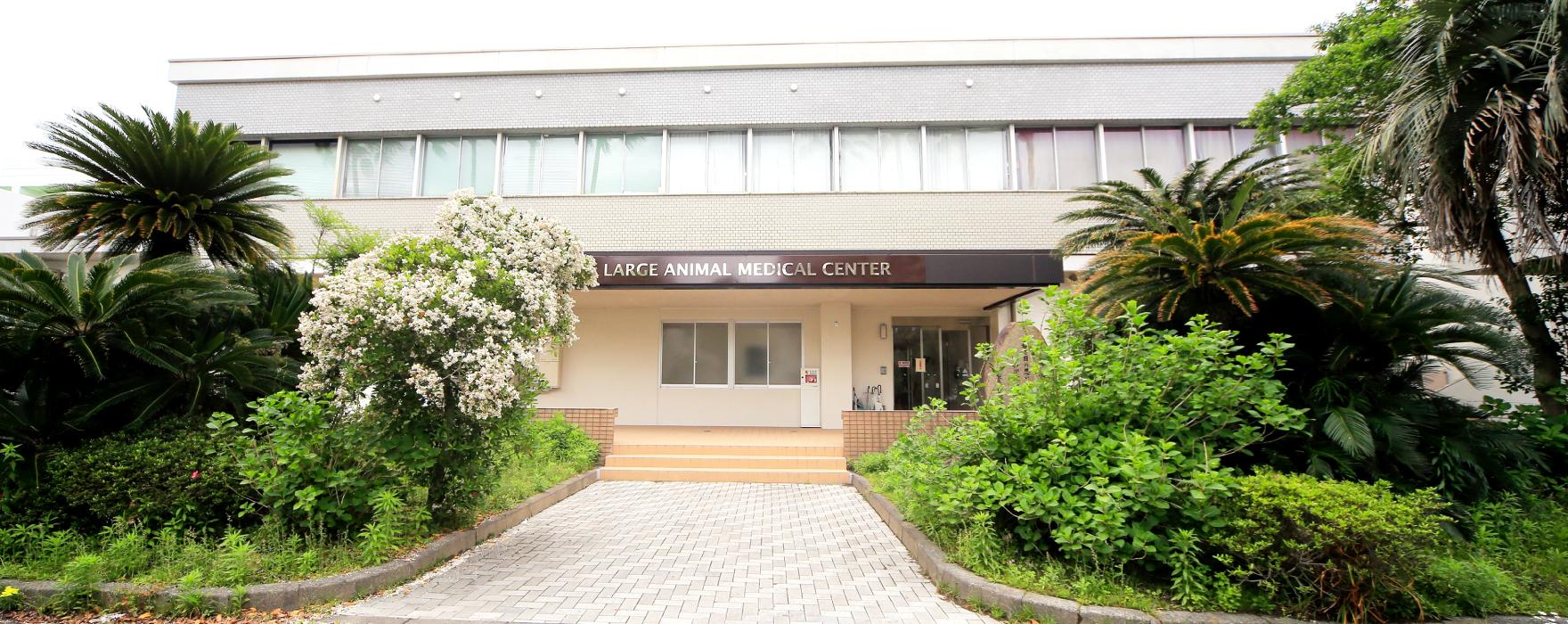
contact address / 099-285-8750
Reception time / Monday-Friday 8:30〜17:00
KUVTH also has a Large Animal Medical Center (Figure 1), which is equipped with examination/treatment rooms, X-ray room, surgical suite, computed tomography (CT) room, MRI room, and stalls for patients, and offers a wide range of examinations, procedures and treatments. We provide care and treatment for cattle, sheep, and goats, while giving our students (from the second semester of fifth year to the first semester of sixth year) basic training as well as offering practical training to clinical veterinarians.
Large Animal Examination/Treatment Room
Figure 2 shows the large animal examination/treatment room, which is mainly used for examinations/treatments.
Figure 3 shows the surgical suite, which is equipped with a high frequency X-ray generator (Figure 4). It enables large animal imaging, which is not possible with standard frequency X-ray generators due to their insufficient X-radiation dose.
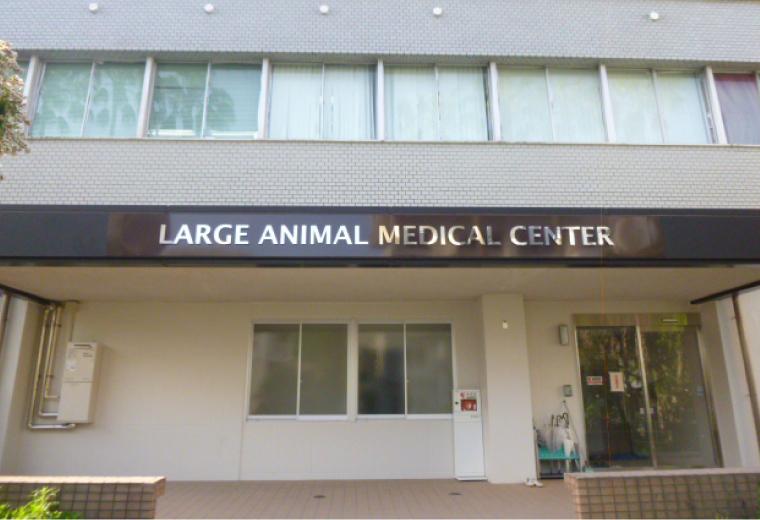
Figure 1: The Large Animal Medical Center
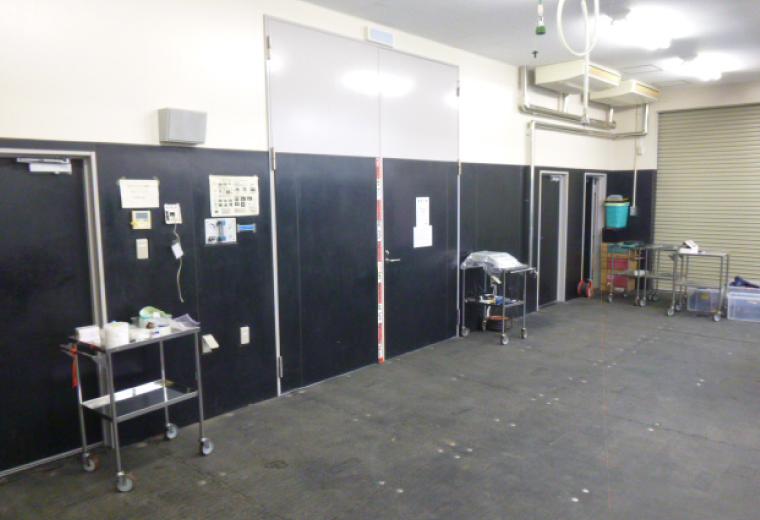
Figure 2: Large Animal Examination/Treatment Room
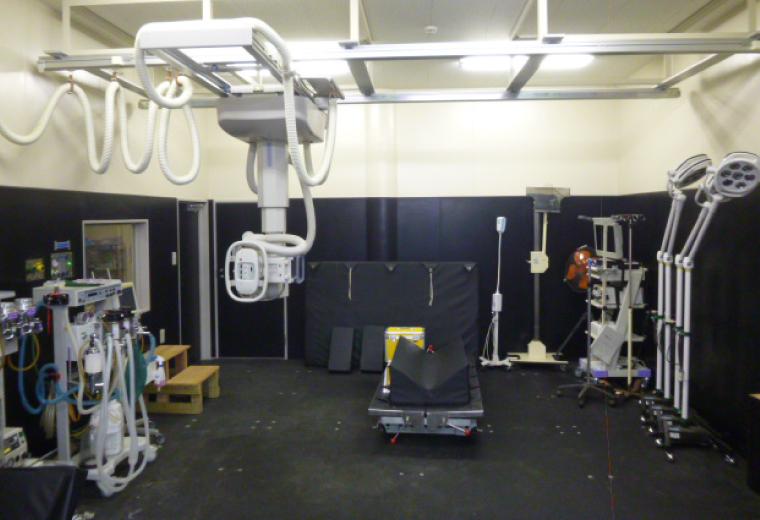
Figure 3: Operating theatre

Figure 4: High Frequency X-ray Generator
Computed Tomography (CT)
In addition, the Large Animal Medical Center is equipped with a CT device (Figure 5); the patient table holds up to 1,000 kg and the gantry (rotating frame) is wide, with a diameter of about 85cm. We thus have the capability for whole-body scanning for large animals. Figures 6-1 and 6-2 are images of a rib fracture in a calf. CT imaging enables us to check for lesions that are difficult to distinguish with conventional X-rays, and treat them appropriately (Figure 7).
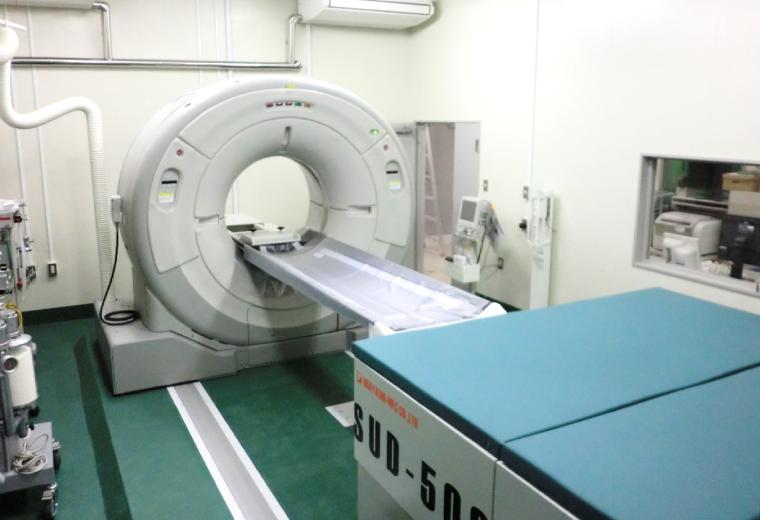
Figure 5: CT machine
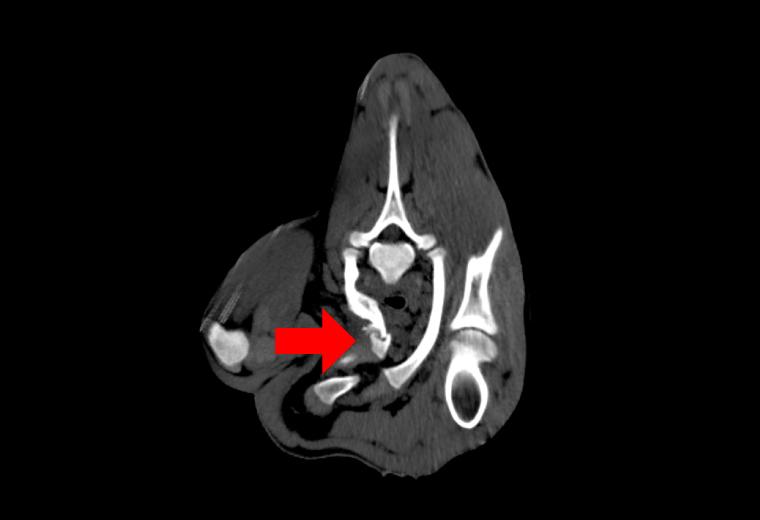
Figure 6-1: CT image of rib fracture in a calf
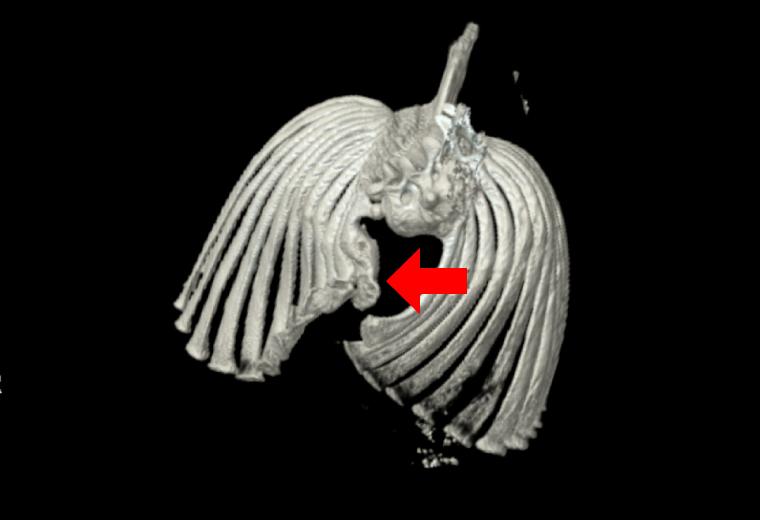
Figure 6-2: Detailed, cross-sectional views of CT image
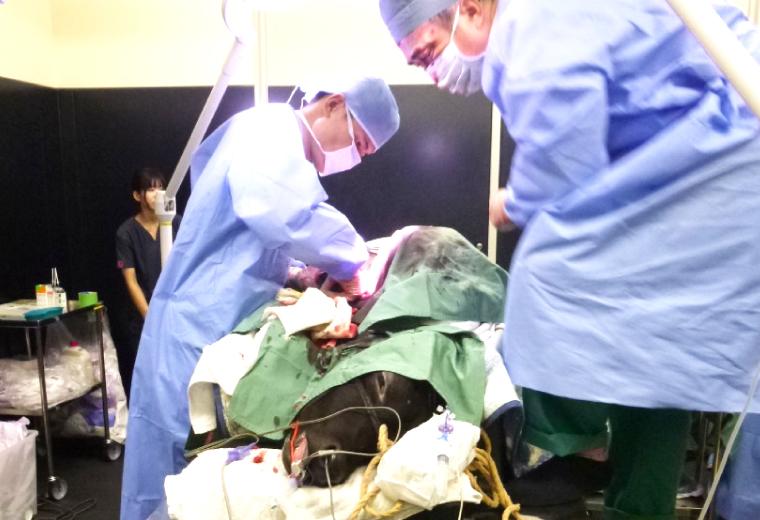
Figure 7: Ongoing procedure of rib fracture in a calf
Magnetic Resonance Imaging
The Large Animal Medical Center is equipped with an MRI unit (Figure 8) with capability for examining soft tissues including central nervous system (brain and spinal cord) in large animals, up to a body weight of approximately 100 kg. In addition, we have four individual box stalls (Figure 9) allowing for hospitalization of cattle, in addition to our in-the-field services.
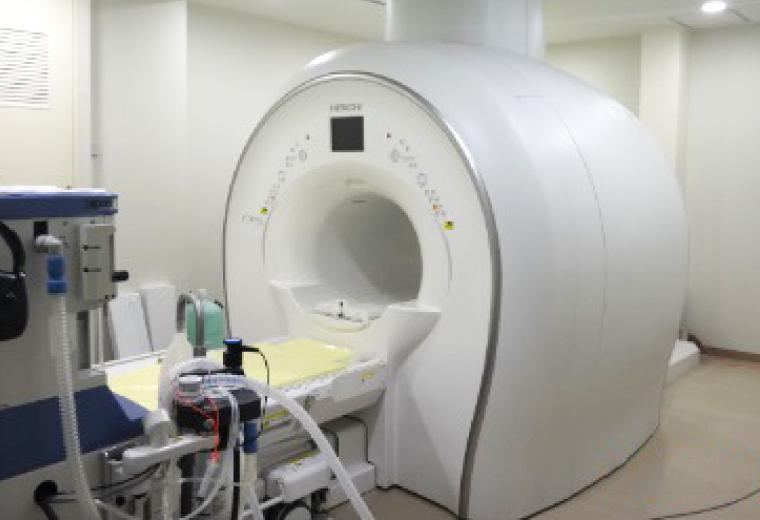
Figure 8: MRI unit
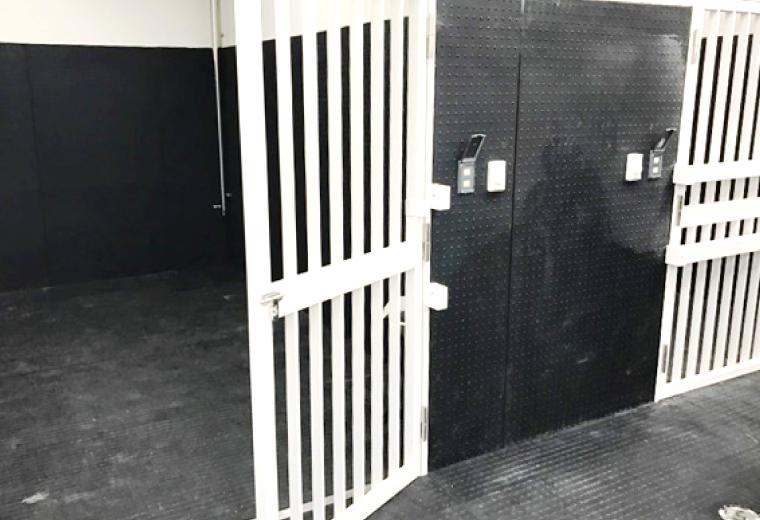
Figure 9: Individual box stalls
Equipment/Technology for Off-campus Visits
We can make off-campus visits using our dedicated mobile surgery unit (Figure 10-1 and 10-2) and mobile internal medicine clinic (Figure 11-1 and 11-2).
The mobile surgery unit enables us to operate on patients in the field and has a liftgate (a retractable ramp and surgery table) allowing surgery to be performed inside the unit. The mobile internal medicine clinic is equipped with automatic blood cell counters, an endoscope, and ultrasonography and X-ray devices for medical examinations and treatment in the field.
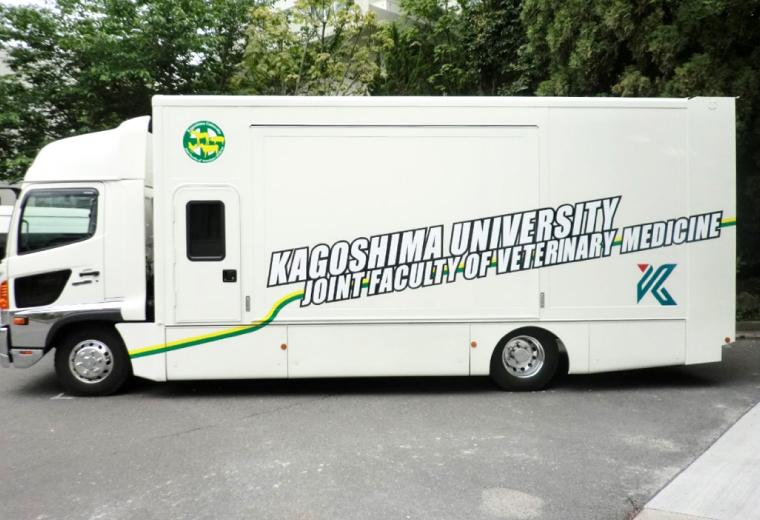
Figure 10-1: Mobile surgery unit
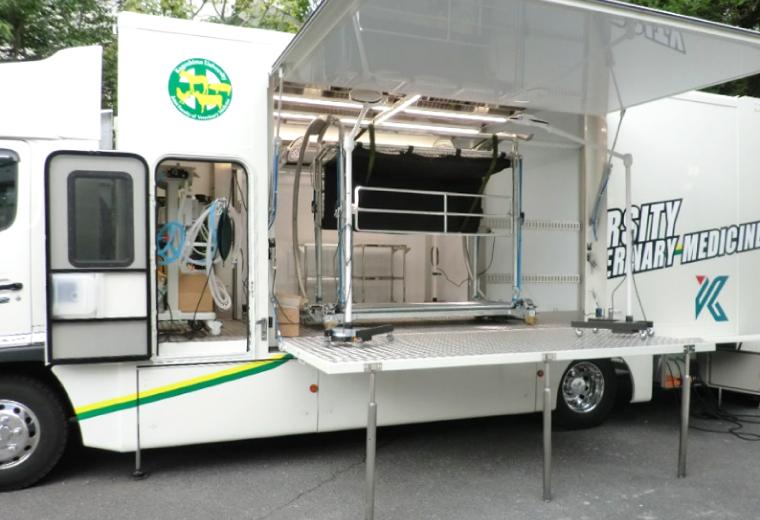
Figure 10-2: Deployed mobile surgery unit
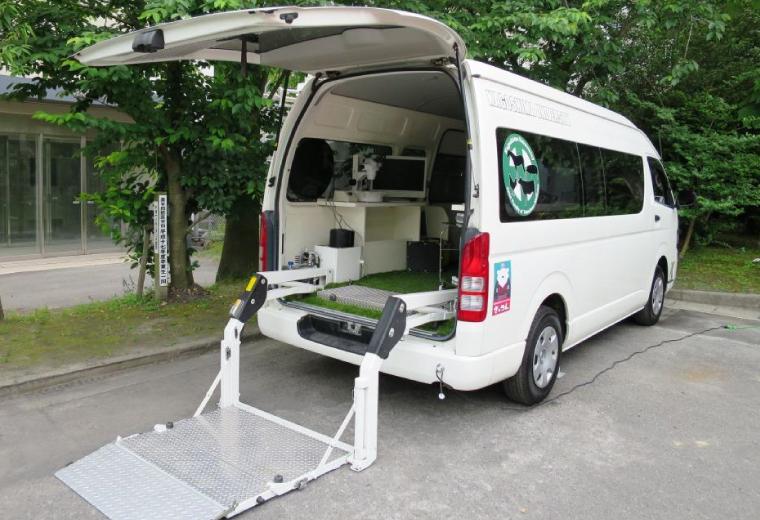
Figure 11-1 Mobile internal surgery unit with tail ramp
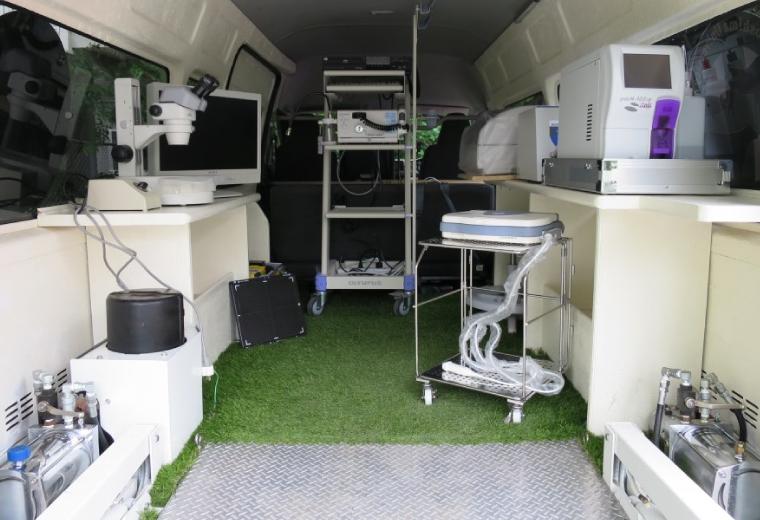
Figure 11-2: Mobile internal surgery unit interior
Production Medicine (Theriogenology)
The production medicine (theriogenology) services we offer include breeding consultations, breeding suitability checks (Figure 12-1), treatment for ovarian and uterine conditions, and metabolic profiling (Figure 12-2) on dairy cows, Japanese Black cattle, and calves, in addition to routine general care services for herd health management. We also focus on preventive care and productivity enhancement through nutritional improvement analyzing collected data on body condition score (BCS), blood biochemistry profiles, and vitamins levels and other parameters.
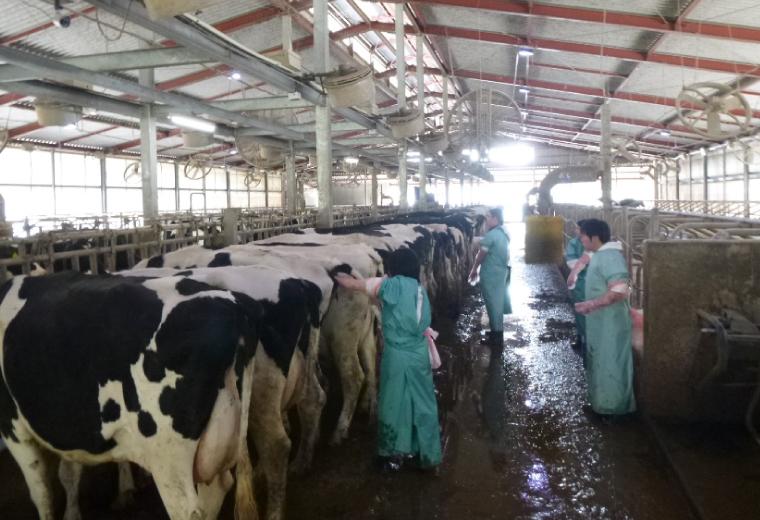
Figure 12-1: Breeding suitability check
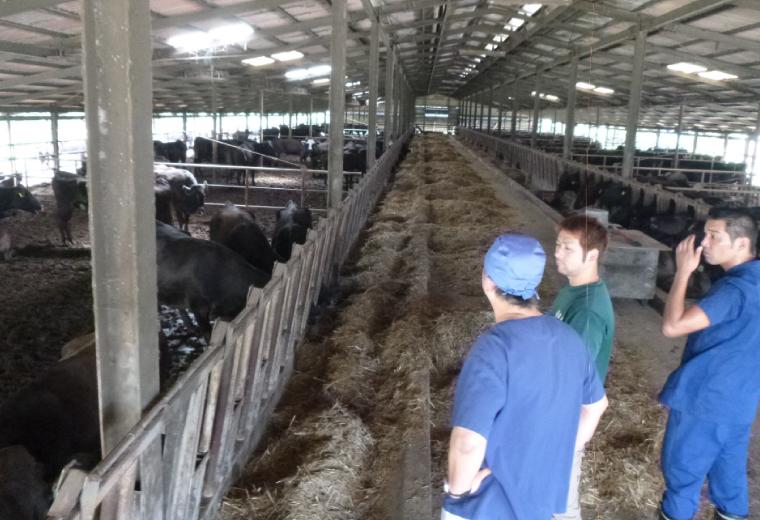
Figure 12-2: Consultation with farm owners based on metabolic profiling


